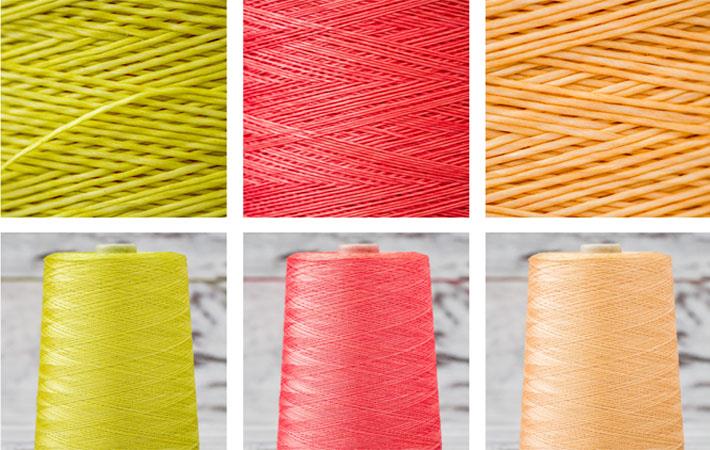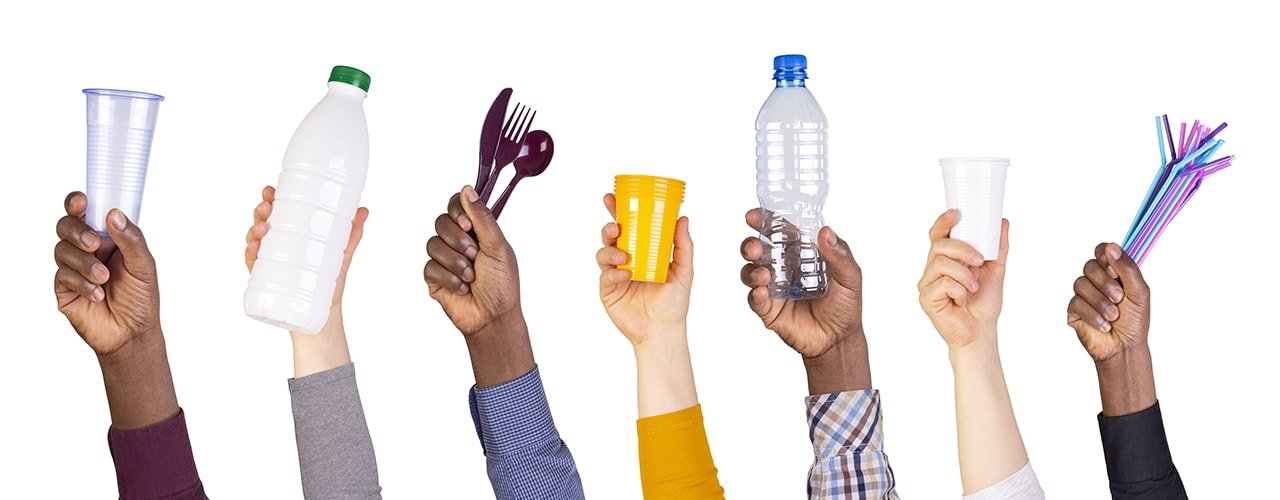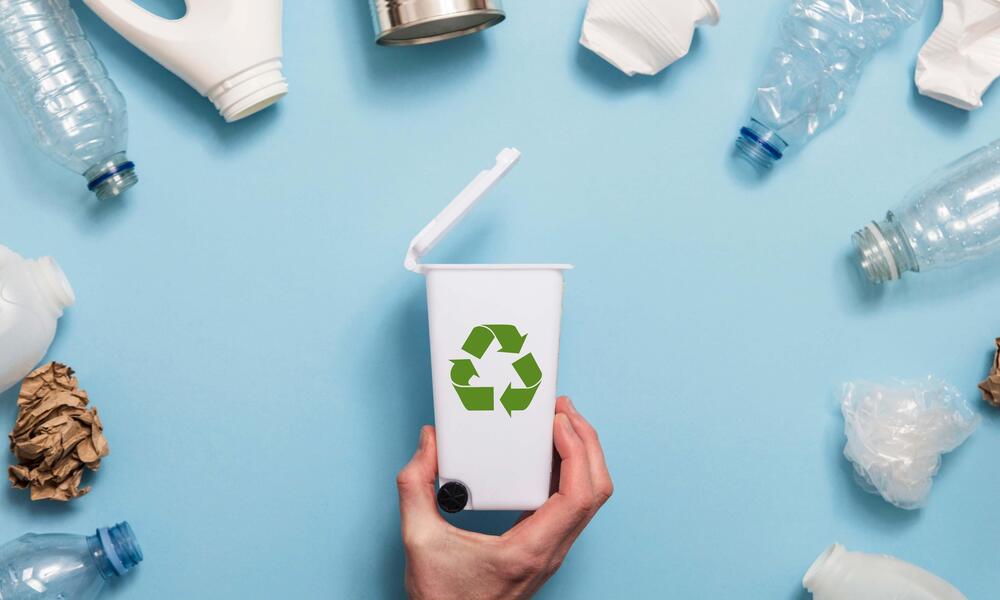CBSE Class 8 Science Chapter 3 Revision Notes
Chapter 3: Synthetic Fibres And Plastics Revision Notes
- All synthetic fibres are man-made fibres created through processes, including petroleum-derived raw materials known as petrochemicals.
- Synthetic fibres are made up of numerous small chemical units called monomers that come together to form a bigger unit known as a polymer.
- Rayon, Nylon, Polyester, and Acrylic are the terms given to synthetic fibres based on the chemicals used to manufacture them.
TYPES OF SYNTHETIC FIBRES
(i)Rayon:
- Rayon is a fabric created from wood pulp cellulose and can be woven like silk fibres.
- Containers, car upholstery, and other items are made from it.
(ii) Nylon:
- It is a fibre made from coal, water, and air.
- It’s light, robust, and long-lasting.
- The fabric dries fast and allows for simple evaporation.
- It’s found in parachutes, ropes, military clothing, socks, and tyres, among other things.
(iii) Polyester:
- This man-made cloth is both versatile and significant.
- It has the remarkable ability to resist wrinkles and is easy to clean.
- It is both hard and soft.
- Examples are terylene and PET
- It’s found in dresses, suits, and rainwear, among other things.
(iv) Acrylic:
- A synthetic fibre that resembles wool and is used to produce sweaters, blankets, shawls, and other items.
- It is soft, lightweight, and toasty.
- It is also less expensive than real wool.
- Chemicals, moths, and sunlight have no effect on it.
- As a result, they are frequently used presently.
SYNTHETIC FIBRE PROPERTIES
- Quick dry materials
- Durable
- Cost-effective
- Readily available and
- Easy to maintain
PLASTICS
- Plastics are a polymer, just like synthetic fibres.
- Some plastics have a linear unit organisation, whereas others have a cross-linked unit arrangement.
- Polythene, PVC, bakelite and melamine are examples.
- Thermoplastics are plastics that distort quickly when heated and bend easily.
- Some polymers, on the other hand, cannot be softened by heating after they have been formed once. Thermosetting plastics are what they’re termed.
- Today, life would be unimaginable without plastics. Plastic is everywhere, whether indoors or outside.
PLASTICS HAVE THE FOLLOWING CHARACTERISTICS:
(i) Non-reactive: Does not corrode or react to air, water, soil, many chemicals or other substances.
(ii) Light, strong, and long-lasting: Plastics can be moulded into a variety of shapes and sizes and used for various purposes.
(iii) Bad Conductors: They don’t let heat or electricity pass through them (wire covers and frying pan handle).
PLASTIC AND OUR ENVIRONMENT
- Plastic trash has a negative impact on the environment- it takes many years to decompose.
- Poisonous fumes are released when plastics are burned- leading to air pollution.
- They might take years to decompose in landfills for example. This is due to the fact that they are non-biodegradable.
- We must employ synthetic fibres and plastics in such a way that we can enjoy their benefits while also lowering the environmental risks to living communities.
- The 4 R principle: Reduce, Reuse, Recycle and Recover.
- Practise segregation of biodegradable and non-biodegradable waste
Source: Chapter-3.pmd (ncert.nic.in)
]]>


